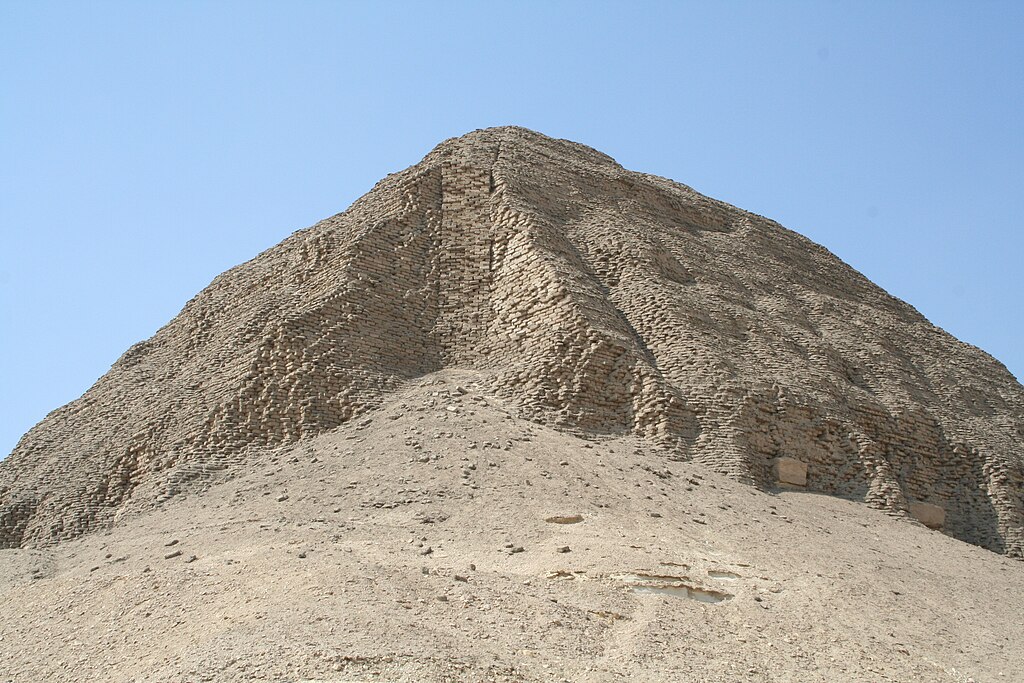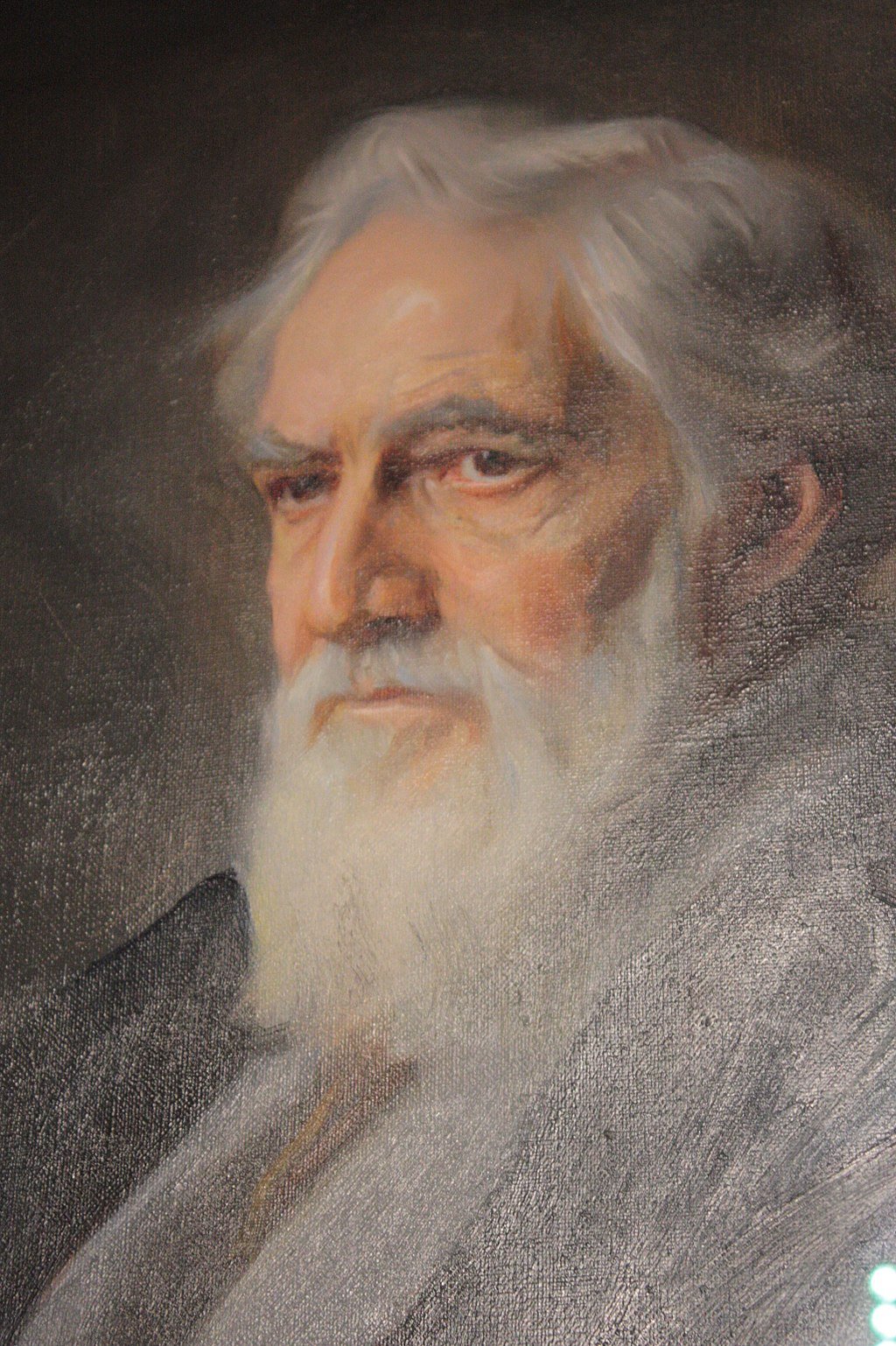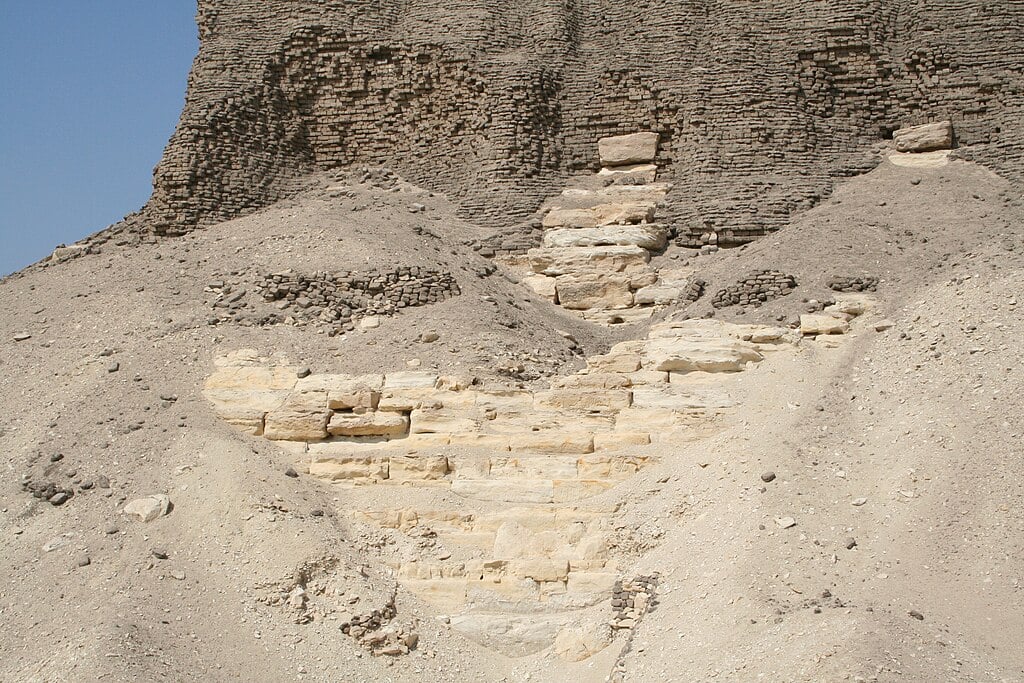
The location of the entrance to Egypt’s only ‘floating’ pyramid, named after Egyptian Pharaoh Senusret II, stumped archaeologists for more than half a century, but what was found in the nearby workers’ village is the real story.
Situated at El Lahun, about 80km south of Cairo, the pyramid complex was built for the pharaoh in the twelfth dynasty, with the structure consisting of mudbrick, a core of stone walls to ensure stability, and columns of limestone.
The peculiar thing about this pyramid is that it appears to be ‘afloat’, being that it was constructed with a huge trench around its perimeter that – scholars claim – would have been filled with water.
This gave the appearance that the structure was standing alone in a body of water, where in fact the trench was designed to prevent the pyramid from flooding, having been filled with sand to absorb rainwater.
The pyramid of Senusret II was first visited in a research capacity in the 1840s by Karl Richard Lepsius, a Prussian Egyptologist, who conducted a short archaeological survey of the area.
It was not until 50 years later that the first comprehensive excavations were carried out there, by Flinders Petrie, a British Egyptologist, who spent many unsuccessful months searching for the entrance into the pyramid on the north face of the structure.

The Egyptian Pharaoh however – supposedly for religious reasons and to deter grave robbers – had, instead of adhering to the typical Old Kingdom practice of building a corridor on the north side, built a narrow, vertical entrance shaft under a princess’ tomb situated about 12 yards east of the southern pyramid face.
The builders of Senusret II’s great pyramid had even built the customary small chapel on the north face of the structure, which would typically conceal the entrance. Petrie eventually discovered the entrance, but only when workmen clearing the nearby tombs of the nobles came across a small tunnel at the bottom of a 40-foot shaft, which led to the royal burial chamber.
Evidence suggests that the original workmen on the tomb in the 1800s used their legitimate archaeological activities as a cover for digging the tunnel, which enabled them to loot the pyramid.

The Village Nearby Egypt’s only Floating Pyramid
Arguably, the most significant discovery Petrie and his team made was not the entrance to the pyramid, but the nearby village which housed the workers who built Senusret II’s mighty structure, and served the funerary cult of the king.
The village, called ‘Kahun’ by Petrie, sits about 800 meters from the pharaoh’s pyramid. When discovered, the majority of its buildings were still standing up to roof height, and Petrie confirmed that the true arch was known and used by the workmen in the settlement.
All the buildings, however, were demolished during the excavation, which was carried out in sequential strips down the length of the village. When the first strip had been cleared, mapped and drawn, the next strip was excavated and the rubble chucked in the previous strip.
As a result, the site doesn’t have much to show to visitors today.
The excavation was two-fold, with the first clearing and digs taking place from 1888 to 1890, and the second in 1914. The excavation uncovered a huge number of everyday-life objects from the houses of the workers, including tools.
Among the items found were wooden boxes buried beneath the floors of the abodes, and when opened, they were found to contain the skeletons of infants, sometimes two or three in a box, and aged just a few months at death.
It is believed that Petrie reburied the remains in the desert.
See all the latest news from Greece and the world at Greekreporter.com. Contact our newsroom to report an update or send your story, photos and videos. Follow GR on Google News and subscribe here to our daily email!



